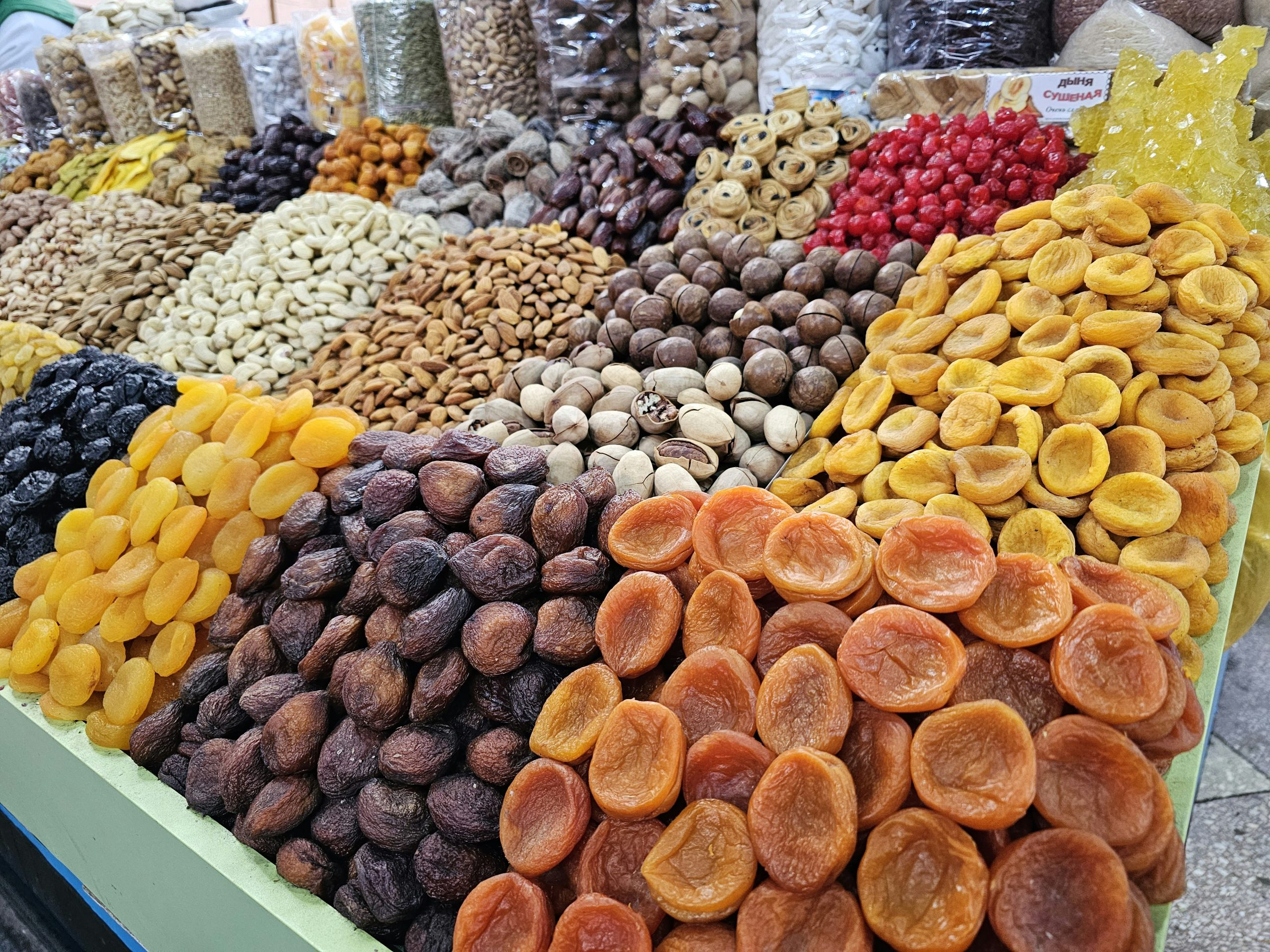The Risk of Concentrated Sugar in Dried Fruits Dried fruits are convenient to carry and delicious, so many people enjoy them. While raisins, dried mangoes, and prunes may seem nutrient-dense, the removal of water during the drying process also concentrates their sugar, which can impact blood sugar very quickly. For people with diabetes, dried fruits require much more caution than fresh fruits.
How Dried Fruits Affect Blood Sugar
1. Concentrated Sugar: A few raisins can contain the sugar equivalent of several bunches of fresh grapes. This concentration of sugar significantly increases the risk of a blood sugar spike.
2. High Glycemic Index (GI): Most dried fruits have a high GI. For instance, the GI of raisins is 64, which is in the medium range, but blood sugar can rise sharply if the portion size is not controlled.
3. Rapid Absorption: Due to the lack of water, their small size makes it easy to eat a large quantity quickly. This leads to a sudden high intake of sugar, making blood sugar control difficult.
Dried Fruit Consumption Guide
It is best to avoid dried fruits if possible, but if you must eat them, consume them in very small quantities. For example, a single tablespoon of raisins is an appropriate portion. Pairing them with nuts or seeds can help slow down the rate of blood sugar increase.
Example: Instead of adding raisins to your cereal, you can use fresh blueberries or strawberries to maintain a blood-sugar-friendly diet. Choosing a small handful of nuts as a snack instead of dried fruits is a better option.


Leave a Reply